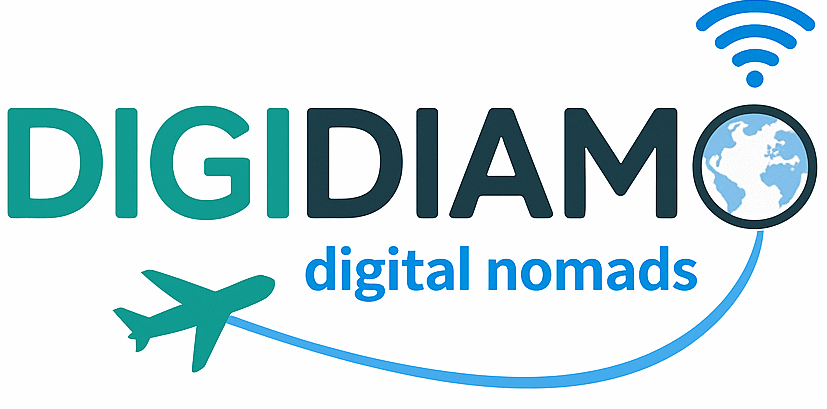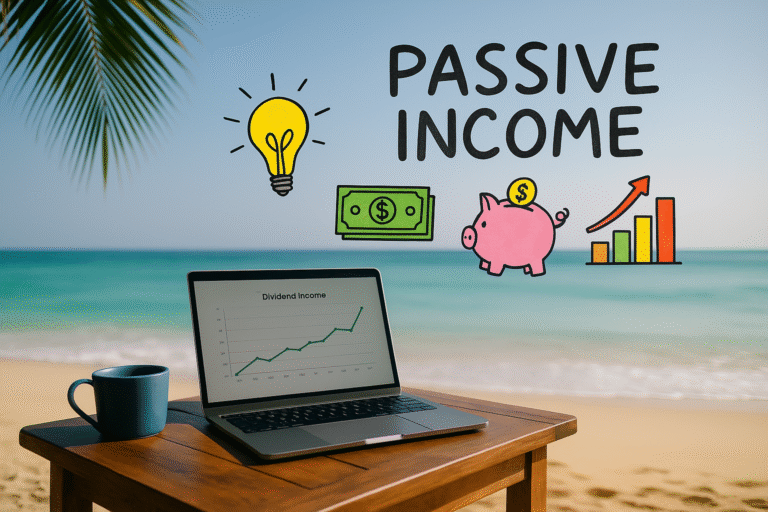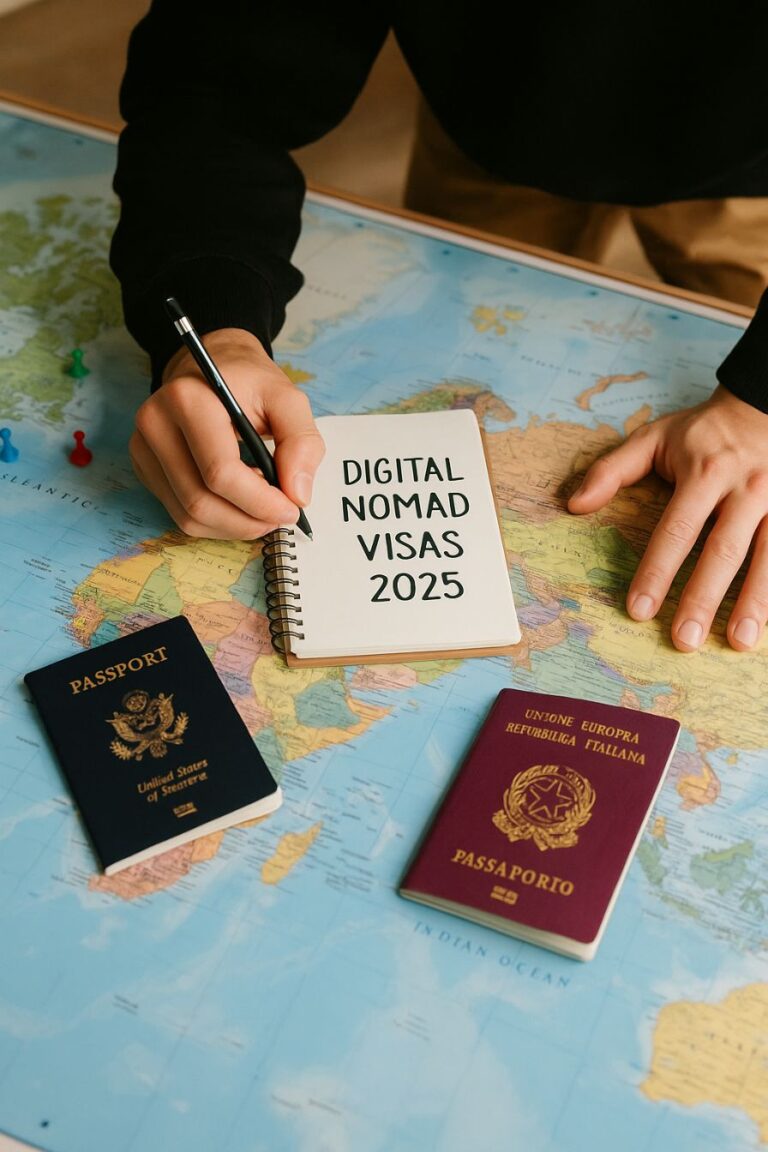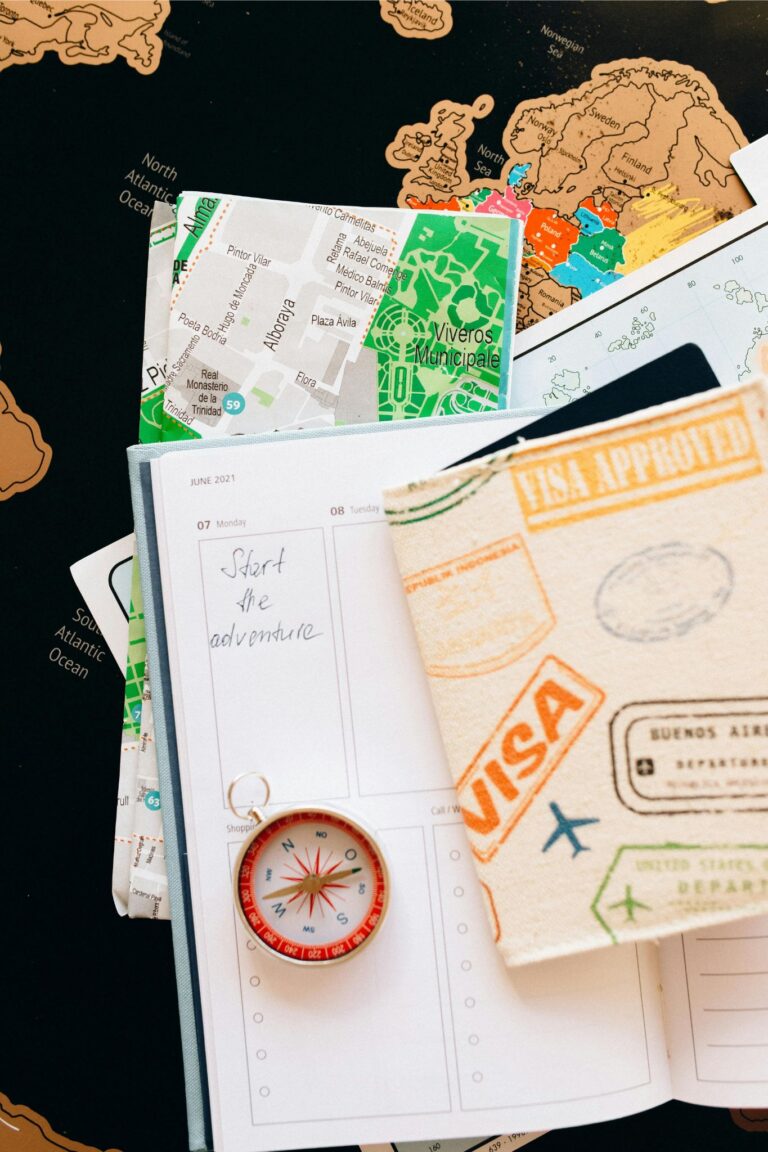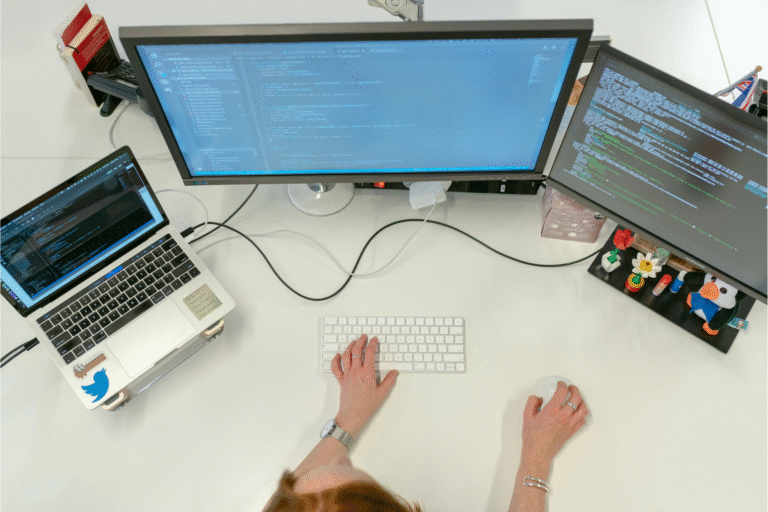Digital nomad cost of living in 2025
Introduction
Living and working abroad sounds like freedom. But even freedom needs a budget. Whether you’re just starting your nomad journey or refining your current setup, knowing how much it actually costs to be a digital nomad in 2025 is a key part of making it sustainable.
The numbers you see online can be misleading. Some say you can live on $500 a month. Others show off luxury lifestyles at $4,000+. The truth sits somewhere in between and depends heavily on where you go, how you live, and how often you move.
This guide brings everything together. It breaks down costs by country, by category, and by mindset. You’ll find real figures, practical tips, and strategies to manage your lifestyle wherever you land.
Let’s start with the big picture: how the cost of living shifts around the world, and why your destination matters more than you think.

Real cost of living around the world
Where you live shapes how you live and how much you spend. There’s no universal “digital nomad cost.” A studio apartment in Lisbon costs more than a full monthly budget in Da Nang. Even within a region, cities can vary wildly.
Southeast Asia remains the best region for affordability and quality of life.
In Chiang Mai, Thailand, you can rent a modern studio for $300, eat well for $5–$10 per day, and enjoy stable internet. In Da Nang, Vietnam, costs are similar with the bonus of beach access. You’ll likely spend between $800 and $1,200 per month with a comfortable routine.
Latin America offers energy and culture, with mid-range prices.
Medellín, Colombia is popular for its weather, community, and infrastructure. Expect to pay $900 to $1,400 monthly, including rent, food, and coworking. Mexico City is livelier and slightly more expensive, especially in neighborhoods like Roma or Condesa.
Europe is mixed: affordable in the East, expensive in the West.
Lisbon has climbed in price but still offers a great lifestyle. A solo nomad can live on $1,500 to $2,200 depending on habits. Tbilisi, Georgia is a hidden gem where you can live on $800 to $1,200, with visa perks and great food thrown in.
In Africa and the Middle East, places like Istanbul and Dakar are emerging choices. Istanbul offers decent rent and strong infrastructure, while Dakar blends West African hospitality with growing digital infrastructure, all within a $1,000 to $1,500 range.
The key takeaway: location has a bigger impact on your spending than almost anything else. It’s not just about choosing “cheap.” It’s about choosing places where you get the most for what you’re spending.
For a deeper look at real monthly expenses by city, check out this cost comparison guide for digital nomads by country. It breaks down destinations region by region so you can start narrowing your options based on both budget and lifestyle.
Monthly budget breakdown by category
Once you’ve picked your destination, your next step is understanding how your money gets distributed month to month. Most digital nomads spend on the same core categories: housing, food, transport, internet, and a few personal extras. But the balance between them can shift depending on your habits and work needs.
Housing takes up the biggest slice of most budgets.
Whether you’re renting an apartment, staying in a coliving space, or hopping between Airbnbs, rent is usually 30–50% of your total monthly cost. In Southeast Asia or Eastern Europe, you can find a decent studio for $300–$500. In places like Lisbon or Mexico City, expect closer to $700–$1,000 for the same comfort.
If you’re staying more than a month, skip Airbnb and look for Facebook groups or local listings. Monthly rental deals are almost always better off-platform. And if you’re traveling with someone, sharing a two-bedroom can cut your rent in half.
Food can swing your budget depending on your habits.
Cooking at home? You might get by on $150–$250 a month. Eating out daily in tourist areas? That number jumps fast. In Vietnam or Colombia, local meals cost $2–$5. In Portugal or Turkey, a sit-down lunch could run $10–$15.
Many nomads mix both: street food lunches, occasional dinners out, and groceries for breakfasts or simple meals. This keeps things flexible without overpaying.
Coworking and connectivity are essential for most remote workers.
A good coworking space offers stable Wi-Fi, quiet areas, and social value too. Monthly passes range from $80 to $200 depending on the city. But not everyone needs one many nomads work from cafés or home, using SIM data as backup.
Get a local SIM on arrival or use eSIM apps like Airalo. You’ll usually pay $10–$30/month for decent mobile internet. In places with weaker infrastructure, consider a portable router or second SIM card.
Transport is relatively low-cost if you stay in one city.
Local transport passes cost $10–$40/month. Renting a scooter in Asia runs about $60–$80. Flights between countries will be your bigger expense, which is why slow travel helps. The more you move, the more you spend.
Other key categories include gym memberships ($15–$60), laundry, health insurance, and subscriptions. VPNs and travel insurance are essentials not luxuries if you’re working across borders.
To help visualize how all this adds up in practice, the digital nomad monthly budget breakdown lays out real-world figures by category. It’s a practical tool to help you build your own budget, no matter where you go next.
Smart ways to save without sacrificing comfort
Cutting costs doesn’t mean cutting quality of life. The key to saving money as a digital nomad is intention. Once you know where your money goes, small adjustments can make a big difference without making your day-to-day feel restrictive.
Start by slowing down.
The fastest way to reduce your expenses is to reduce your pace. Staying one to three months in the same location lowers your average monthly costs across rent, transport, and even food. Long-term rentals are cheaper. You stop paying for flights or airport taxis. You settle into local routines and that’s where real savings begin.
Pick destinations where value matches cost.
Cheap rent isn’t everything. Some cities offer better infrastructure, safety, and social environments for a similar or slightly higher price. Tbilisi, Da Nang, and Medellín are examples of places where you get a lot for your money, while still keeping costs under control.
Aim for cities with:
- Reliable internet
- Affordable local food
- Decent public transport
- Access to coworking or cafés that welcome laptops
Be intentional with food and habits.
You don’t need to eat rice and beans daily to save. But you also don’t need to dine in the expat bubble every night. Eating at local spots, cooking occasionally, and skipping imported products can reduce your monthly food costs by 30–40%.
Also, be mindful of daily habits. Cappuccinos, Uber rides, and random subscriptions add up. You don’t need to cut them all just track them for a week or two. Most people are surprised by where their money quietly disappears.
Bank smart to avoid hidden losses.
Use financial tools that work across borders. Cards like Wise or Revolut let you avoid currency conversion fees. Withdraw cash in larger amounts to reduce ATM charges. And keep a small emergency fund in a separate account you’ll thank yourself later.
Leverage community and coliving when it makes sense.
Sometimes, sharing costs is the easiest way to save. Split rent with another nomad. Share airport transfers. Cook meals together. Not only does it cut expenses it also builds connections, which is a big part of the lifestyle.
These habits aren’t about restriction. They’re about designing a life where your money supports your freedom, instead of limiting it.
To explore these tips in detail and build better routines, this article on how to save money as a digital nomad offers practical, non-extreme strategies for keeping your budget in check while still enjoying the journey.
Conclusion
The cost of living as a digital nomad in 2025 isn’t fixed. It’s shaped by your choices where you go, how you live, how often you move, and what matters most to you. Whether you’re aiming to save aggressively or just avoid financial stress, the key is to stay aware, adaptable, and realistic.
Choose your destinations with care. Structure your monthly budget around what supports your lifestyle. And don’t fall into the trap of thinking you have to live cheap to live freely. Smart planning gives you both flexibility and comfort.
If you’re ready to put these numbers into action, take a closer look at the monthly budget breakdown by category. It’s a practical next step to turn this guide into something you can use before you even book your next flight.
